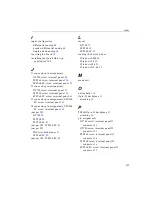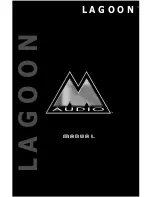
Using Your Own Screw Terminal Panel
121
A
A
A
A
A
A
A
A
A
Differential Inputs
Differential inputs offer the maximum noise rejection at the expense
of half your total channel count. For the best results, shielded twisted
pairs are a must. The shield must connect at one end so that ground
currents do not travel over the shield. In low-level voltage
applications, differential inputs reduce problems not only due to
electrostatic and magnetic noise, but due to cross-talk and thermal
errors.
One problem to consider with differential inputs is the bias current
error. The differential impedance is usually hundreds of megaohms.
With a very small bias current multiplied by this high input
impedance, the voltage produced is out of the common-mode input
range of the instrumentation amplifier.
An external resistor must be provided to return this bias current to
the analog common of the data acquisition board. This resistor is
typically in the order of 1 k
Ω
to 100 k
Ω
from the input low side to
analog common. Alternatively, the external common can be returned
through a 10
Ω
to 100 k
Ω
resistor to analog common (it cannot be 0
Ω
due to ground currents).
Summary of Contents for DT3010 Series
Page 1: ...R DT3010 Series UM 16868 C Getting Started Manual ...
Page 22: ...Chapter 2 12 ...
Page 36: ...Chapter 3 26 ...
Page 114: ...Chapter 5 104 ...
Page 136: ...Appendix A 126 ...
Page 142: ...Index 132 ...












































